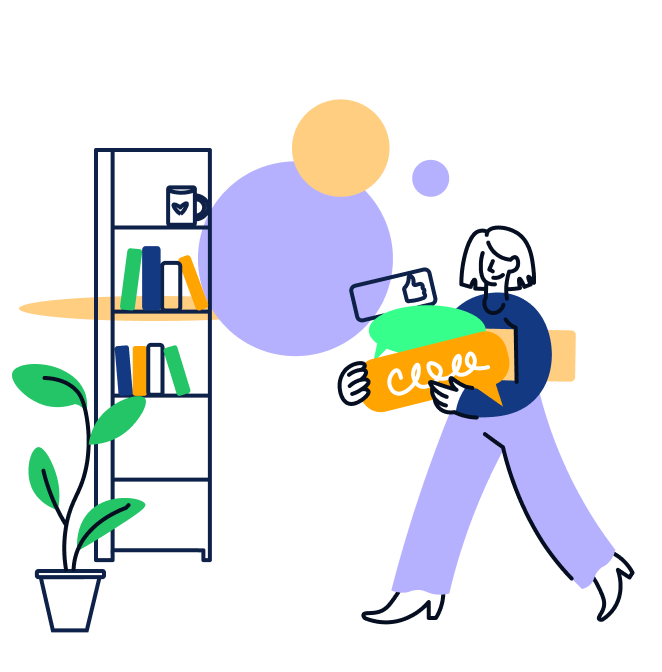Examples of Technical Questions in Investment Banking
Being able to answer technical questions about the role can give you a critical boost to your chances of landing a job offer in investment banking. Let’s look at five common questions that will help you get a feel for the types of questions you’ll need to prepare for:
Example 1: Walk me through a DCF analysis.
A discounted cash flow or DCF analysis is used to give valuation to a company, based on its projected future cash flow. Here’s the general overview that you can expand on or condense, based on what your interview calls concerning detail or specificity.
Step 1: Project Free Cash Flows
The first step will be projecting the cash flows for the company for a specified period, typically between five and ten years. Free cash flow is calculated as EBIT x (1-t) plus depreciation and amortization, minus changes in working capital, and minus capital expenditures, where ‘t’ is the tax rate.
Step 2: Calculate Terminal Value
Now, using the Gordon Growth Model, estimate the company’s terminal value. This is the value of the company’s cash flows beyond the period of projection.
Step 3: Discount the Cash Flows
Next, find the weighted average cost of capital, which will be the discount rate. Discount the free cash flows and the terminal value back to their present value, dividing the cash flow by one plus the discount rate.
Step 4: Include Present Values
Add up the present values for projected free cash flows and the terminal value. This becomes the total enterprise value of the organization.
Step 5: Adjust for Debt and Equity
Finally, to find the equity value if any, use the enterprise value less the current net debt.
Example 2: What are the three financial statements?
The three financial statements are the income statement, balance statement, and cash flow statement. The income statement details the revenues, expenses, and profits for a specified period. The balance sheet is a snapshot of the overall financial position of a company at a specific point in time. The cash flow statement focuses on cash inflows and outflows, in the context of operation, investing, and financing.
Example 3: How do you value a company?
There are several ways to answer this question, depending on the situation. A DCF analysis projects future cash flows and converts them to present value. You could also compare it to similar companies based on valuation multiples like P/E, EV/EBITDA, or even EV/Sales.
For publicly traded companies you can quickly find the market capitalization by multiplying the share price by the total outstanding shares. You could also analyze past transactions of comparable organizations to find a ballpark valuation range. You could even do an asset-based valuation, adding all assets minus liabilities.
Example 4: Explain the difference between enterprise value and equity value.
The difference between enterprise value and equity value can be best illustrated by defining each one. The enterprise value is the total value of a company, including debt and equity. Equity value or market capitalization, on the other hand, is the value of a company’s equity currently available to shareholders.
Example 5: What is EBITDA and why is it important?
EBITDA stands for Earnings Before Interest, Taxes, Depreciation, and Amortization, and it is one of the most comprehensive metrics for a company’s operational performance.
It is a critically important measurement because it removes non-operating effects like interest, taxes, and amortization. It facilitates a much more even-footed comparison between companies while giving an approximation of cash flow from operations.







